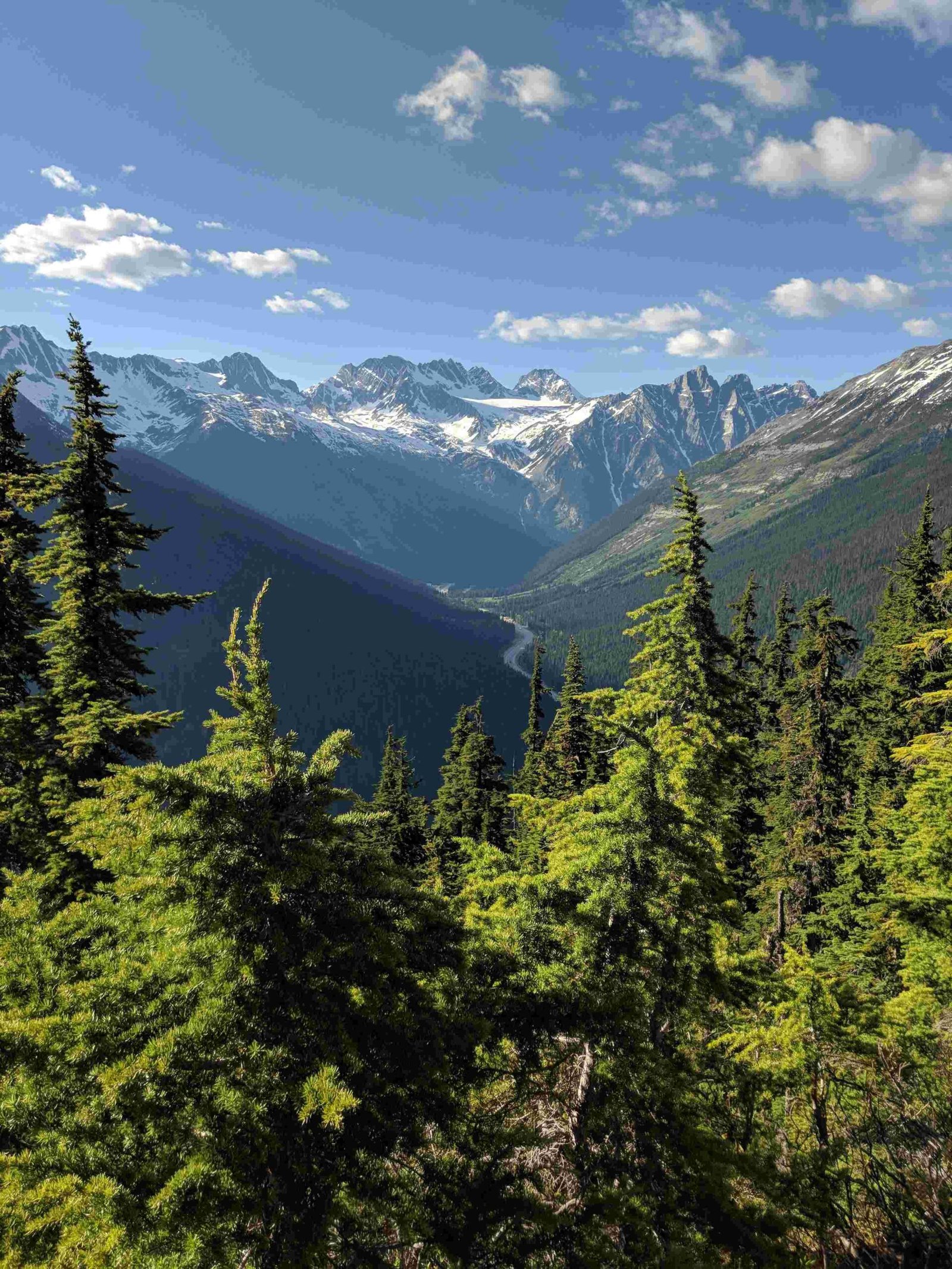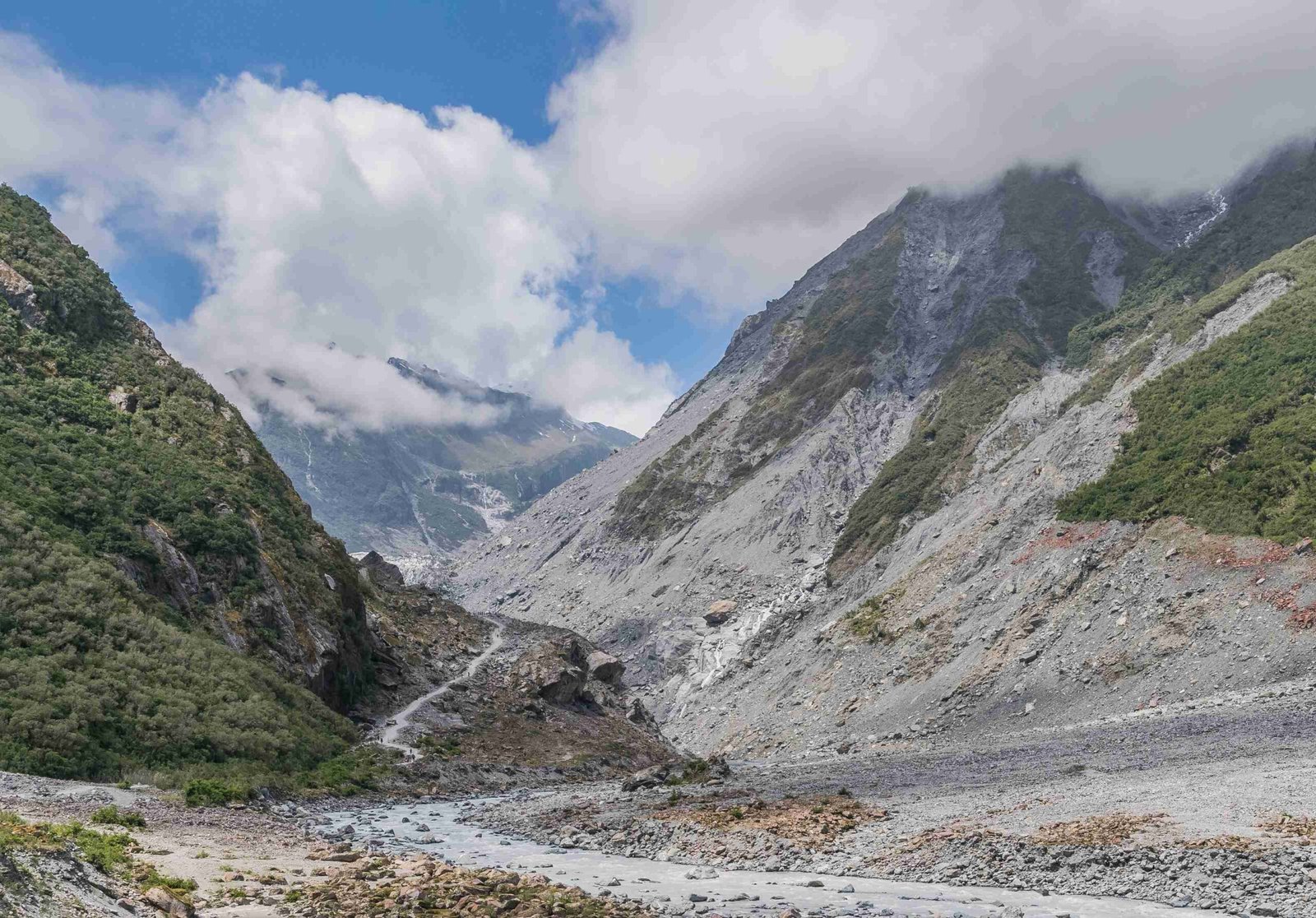Glacier National Park’s glaciers, formed between 4,000 and 6,500 years ago, are rapidly shrinking due to climate change. These relatively young ice formations have undergone significant changes, with some losing up to 85% of their mass since 1966. The park’s warming rate, nearly twice the global average, has accelerated glacier melt, raising concerns about their longevity and the park’s ecosystem.
How Old Are the Glaciers in Glacier National Park?

The glaciers in Glacier National Park are relatively young compared to the geological timeline of the park itself. These ice formations date back to:
- Between 4,000 and 6,500 years ago
- After the major glaciation that ended around 12,000 years ago
- Grew substantially during the Little Ice Age (LIA) starting around 1400 A.D.
- Reached their maximum size at the end of the LIA around 1850 A.D.
It’s important to note that these current glaciers did not originally shape the park’s landscape. Instead, they formed in the carved-out valleys left by the much larger glaciers from the last ice age.
What Is the Current State of Glaciers in the Park?

The glaciers in Glacier National Park are in a state of rapid decline. Recent data paints a concerning picture:
- Between 1966 and 2015, every named glacier in the park decreased in size
- Some glaciers shrunk by more than 80%
- On average, glacier areas reduced by 39% during this period
Specific examples include:
- Boulder Glacier: Reduced by 85%
- Pumpelly Glacier: Reduced by 10%
- Sperry Glacier:
- 1900: 1.31 square miles (840 acres)
- 1938: 390 acres
- 1946: 330 acres
- Grinnell Glacier: Ice front retreated by an average of 35.3 feet per year from 1937 to 1946
How Fast Are the Glaciers Melting?
The melting rate of glaciers in Glacier National Park has been accelerating in recent decades. Here are some key points:
- Sperry Glacier’s ice front retreated by an average of 62 feet per year from 1938 to 1946
- Larger glaciers like Blackfoot and Jackson are melting faster than initially predicted
- Earlier predictions suggested complete melt by 2020, later revised to 2030
- These predictive dates have been removed due to the complexity of climate change impacts
What Factors Affect Glacier Lifespan in the Park?
Several factors contribute to the lifespan of glaciers in Glacier National Park:
- Temperature Changes:
- The park is warming at nearly two times the global average
- Since 1900, mean annual temperature increased by 1.33°C (1.8 times the global mean increase)
-
Leads to earlier summer melt and reduced winter snowpack
-
Precipitation Patterns:
- Reduction in winter snowpack
-
Increase in rain rather than snow as the dominant form of annual precipitation
-
Extreme Weather Events:
- 1917-1941: Hot, dry summers and low winter snowpack
-
Resulted in rapid melting and glacial recession rates of up to 100 meters per year
-
Climate Change:
- Both natural and human-caused factors contribute
- Recent decades show accelerated retreat largely attributed to anthropogenic causes
How Does Glacier Melt Impact the Park’s Ecosystem?
The shrinking glaciers in Glacier National Park have far-reaching effects on the local ecosystem:
- Water Resources:
- Changes in spring water runoff patterns
-
Affects water availability for plants and animals
-
Wildlife Habitats:
- Species like Harlequin ducks and stoneflies are affected
-
Habitat changes due to shrinking snow and ice cover
-
Landscape Transformation:
- Exposed bedrock where glaciers once stood
-
Formation of new alpine lakes in glacier basins
-
Vegetation Changes:
- Treeline moving to higher elevations
- Shifts in plant species composition in alpine areas
What Can Visitors Expect to See in the Future?
As the glaciers in Glacier National Park continue to recede, visitors can anticipate:
- Changing Landscapes:
- More exposed rock faces
-
New alpine lakes where glaciers once stood
-
Altered Hiking Experiences:
- Some glacier-viewing trails may need to be rerouted
-
Potential closure of certain areas due to unstable terrain
-
Shifting Wildlife Viewing:
- Changes in animal habitats and migration patterns
-
Possible emergence of new species adapted to warmer conditions
-
Educational Opportunities:
- Increased focus on climate change education in park programs
- Real-time observations of geological processes
How Can We Help Preserve Glacier National Park’s Glaciers?
While the glaciers’ fate is largely tied to global climate trends, there are ways to contribute to their preservation:
- Sustainable Tourism:
- Follow Leave No Trace principles
-
Use park shuttles to reduce individual carbon footprints
-
Education and Awareness:
- Learn about climate change impacts on glaciers
-
Share knowledge with others to raise awareness
-
Support Conservation Efforts:
- Donate to glacier research and conservation organizations
-
Participate in citizen science projects in the park
-
Reduce Personal Carbon Footprint:
- Adopt energy-efficient practices at home
- Choose sustainable transportation options
By understanding the complex dynamics of glacier lifespan in Glacier National Park, visitors can better appreciate these magnificent ice formations and the urgent need for their preservation. As we witness the rapid changes in the park’s landscape, it becomes clear that the glaciers’ future is intricately linked to our global climate actions.
References:
1. NPS History – Glaciers and Glaciation in Glacier National Park
2. KTVH – Weather Wise: Glacier history
3. National Park Service – Glacier’s Glaciers